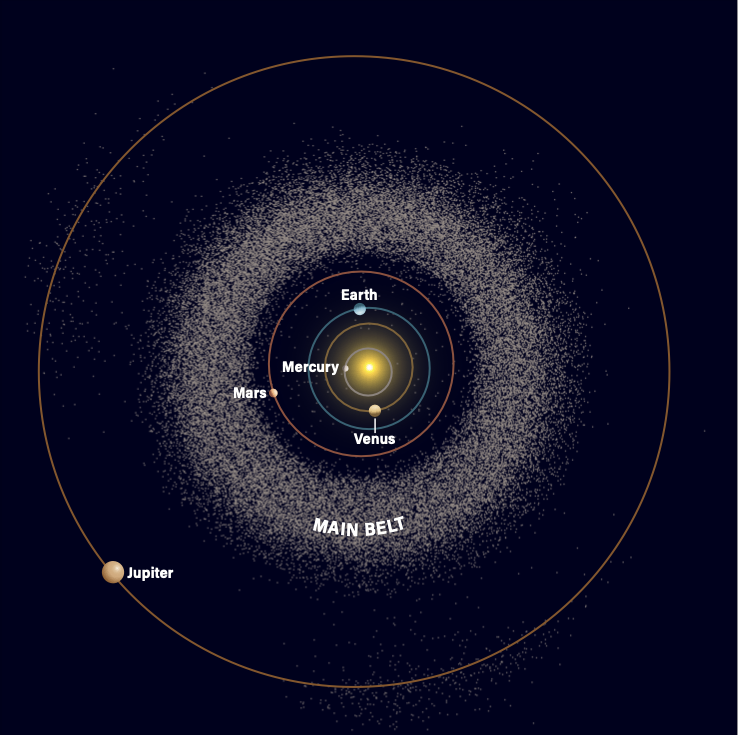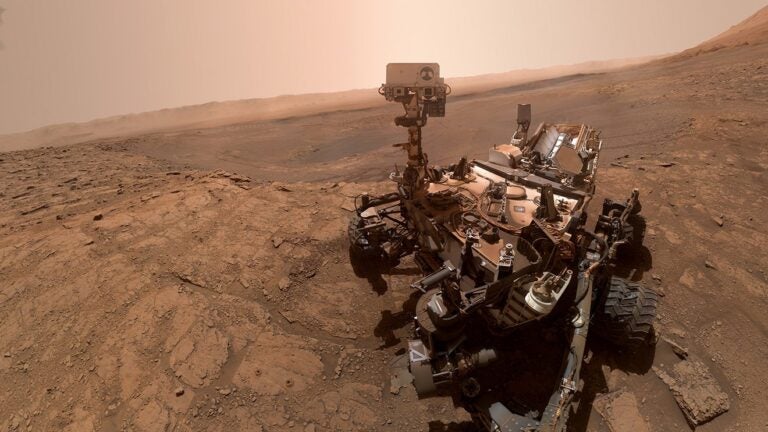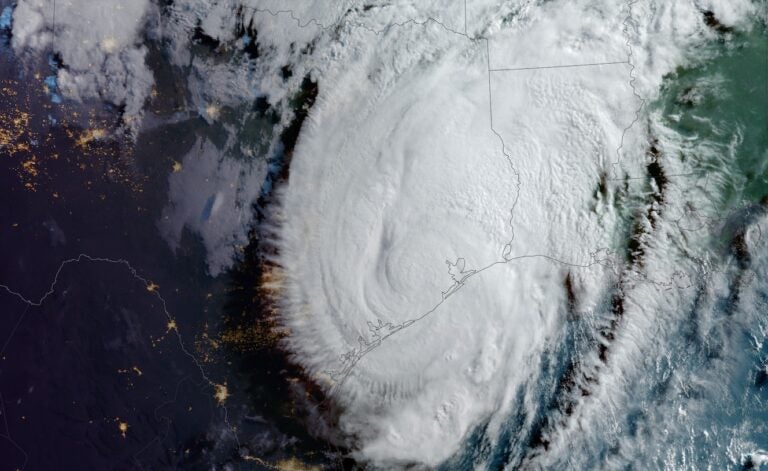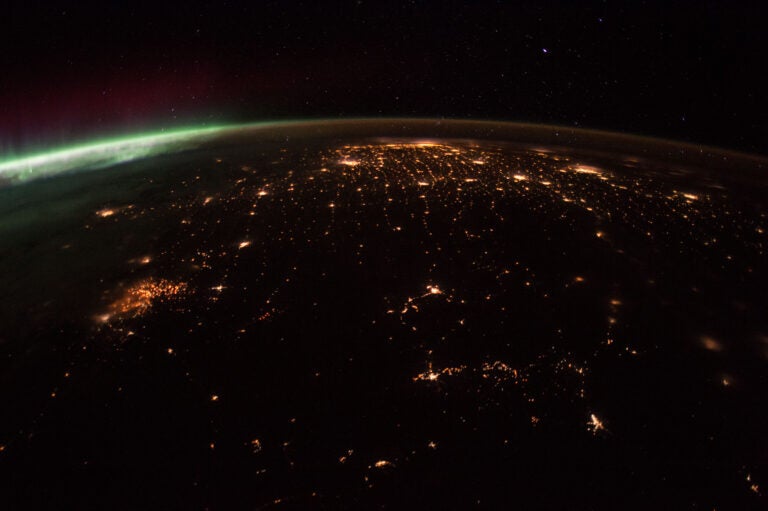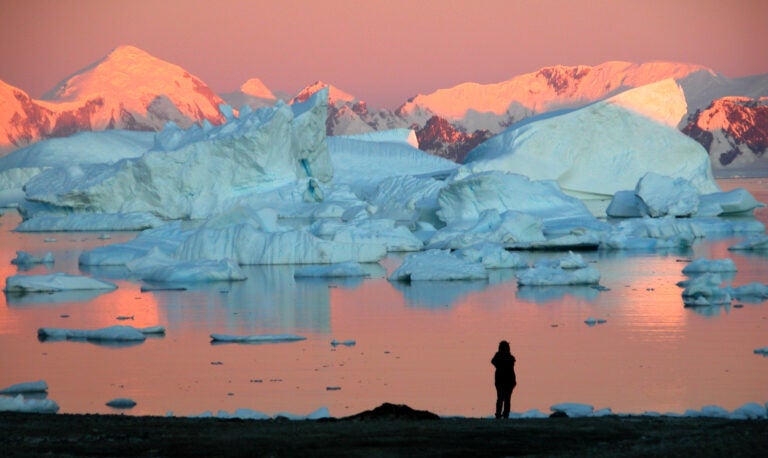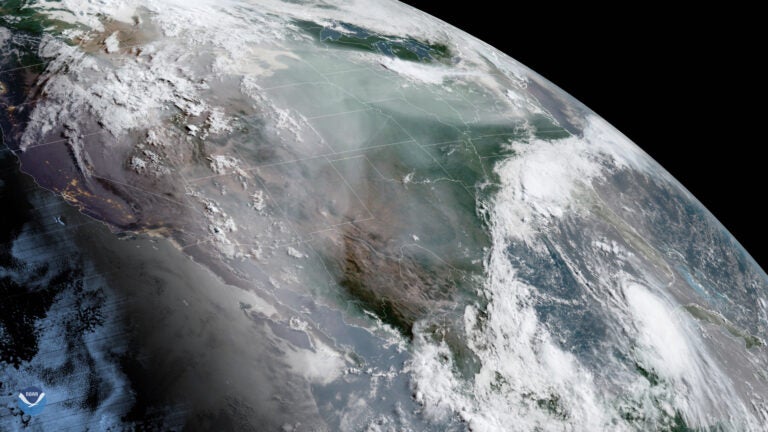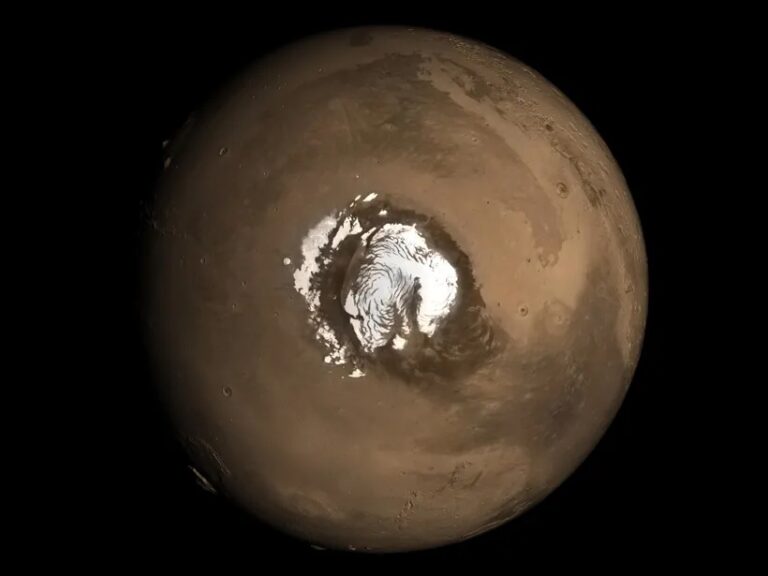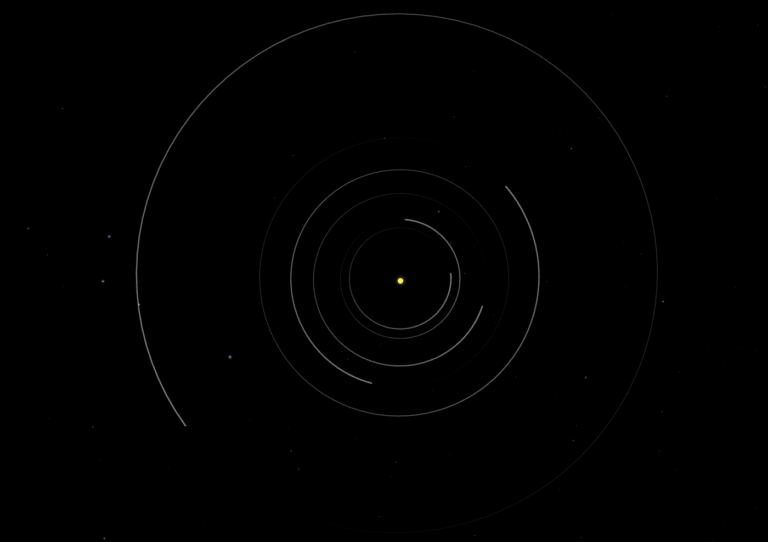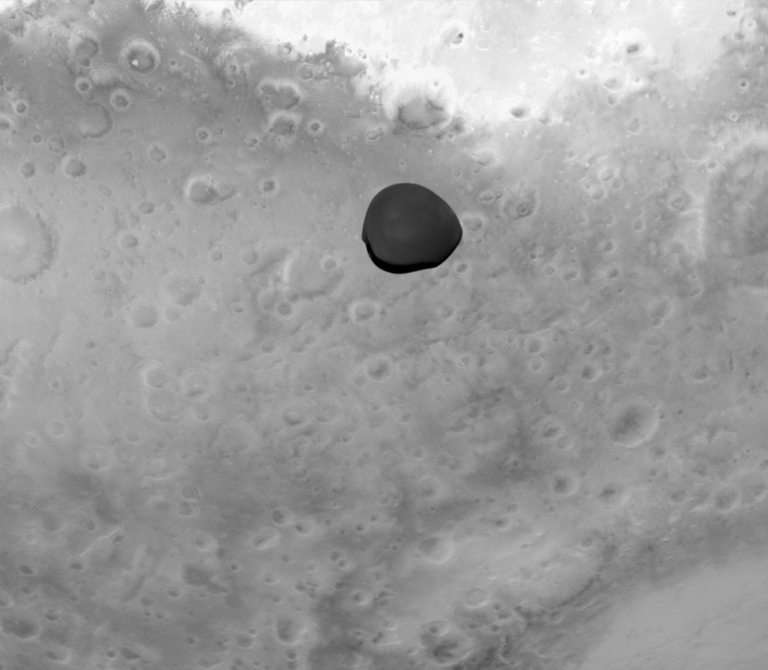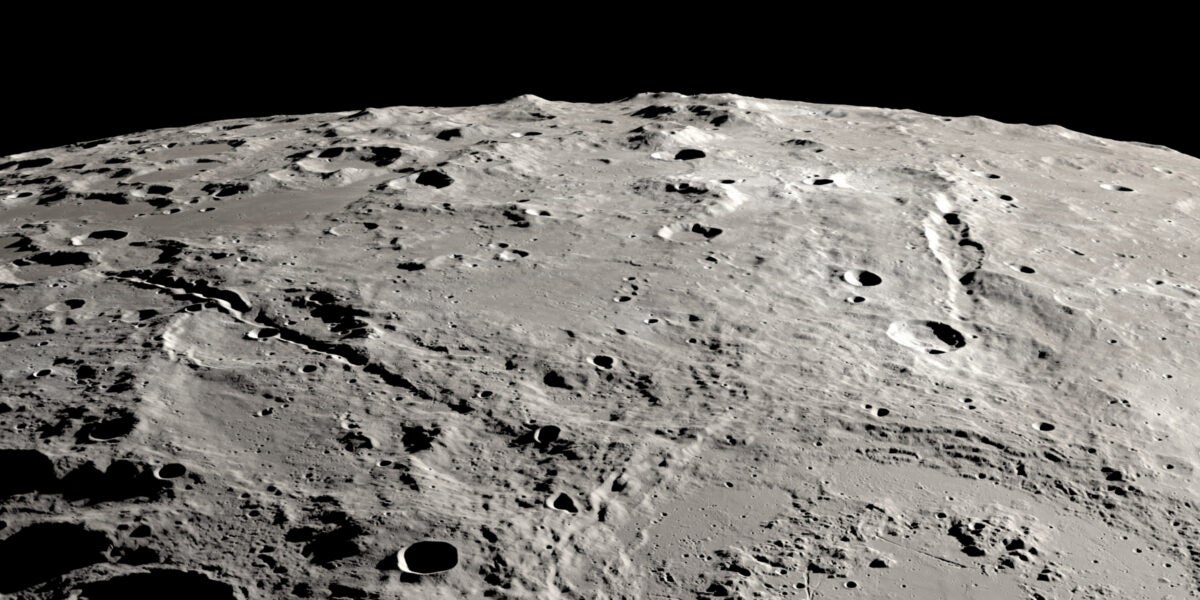
Each year, millions of visitors marvel at the geological intricacy and beauty of the vast chasm of the Grand Canyon carved through the Arizona desert by 5 million years of water erosion. It is interesting to contemplate the force of water as over the eons the Colorado River meticulously sliced through layers of Arizona bedrock. The erosion of rock is a slow process, but Nature is patient, and the flow of water is relentless. Today, the Grand Canyon reaches up to 18 miles (29 kilometers) wide and sinks more than a mile (1,857 meters) below the arid Arizona landscape — a majestic sight with staggering proportions.
But even more mind-boggling is to contemplate the forces that created the Grand Canyon-sized gouges of Vallis Schrödinger and Vallis Planck on the Moon — in roughly 10 minutes. These immense valleys extend outward from the northern rim of Schrödinger Basin, created when an asteroid the size of Manhattan slammed into the Moon’s farside nearly 4 billion years ago.
In an article published Feb. 3 in Nature Communications, planetary scientists David Kring of the Lunar and Planetary Institute in Houston and Danielle Kallenborn and Gareth Collins of Imperial College London present a scientific analysis of the creation of these features — which they describe as lunar grand canyons — and a fascinating tourist’s guide.
A violent origin story
Schrödinger’s location on the southern farside of the Moon hides the basin and its lunar grand canyons from terrestrial eyes, but interest in the region is ramping up. At 75° south latitude, it lies just 190 miles (300 km) from the Moon’s south pole, and just inside the southern rim of the 1,500-mile-wide (2,400 kilometers) South Pole-Aitkin Basin — the Moon’s largest and oldest impact crater. It’s also only 78 miles (125 km) from the series of crewed landing zone candidates known as the Artemis Exploration Zone — where NASA intends to land astronauts starting with the Artemis 3 mission. And next year, Schrödinger is set to be visited by for the first time by a robotic lander, a NASA-funded commercial mission built by Draper Laboratory.
Kring and his colleagues present a fascinating study of the monumental forces that created Vallis Schrödinger and Vallis Planck. Considering it took 5 million years to create the Grand Canyon in Arizona, it’s hard to comprehend that its lunar counterparts were created in a mere 10 minutes. But the team gained an understanding of this incredibly brief period by analyzing the 15 secondary craters lying within Vallis Schrödinger, using images and elevation data taken by NASA’s Lunar Reconnaissance Orbiter.
Although the lengthy gouge of Vallis Schrödinger is called a “valley”, it is also technically a catena, or linear string of craters — each 6 to 10 miles (10 to 16 km) wide — created by a series of impacts of projectiles from the same source. In this case, a linear stream of projectiles were ejected by the titanic blast that created the Schrödinger Basin.
Typically, secondary craters formed by ejecta from a primary crater less than 160 miles (260 km) wide are 4 percent the width of the primary. Extrapolating this to the 320-kilometer size of the Schrödinger Basin reveals the string of 15 secondary craters within Vallis Schrödinger are slightly oversized. This might be because the impact territory where the secondaries formed was already seismically weakened and softened by the previous South Pole-Aitkin basin impact, which occurred around half a billion years earlier. Nonetheless, the location and orientation of both Vallis Schrödinger and Vallis Planck inescapably show their origin was the Schrödinger Basin impact.
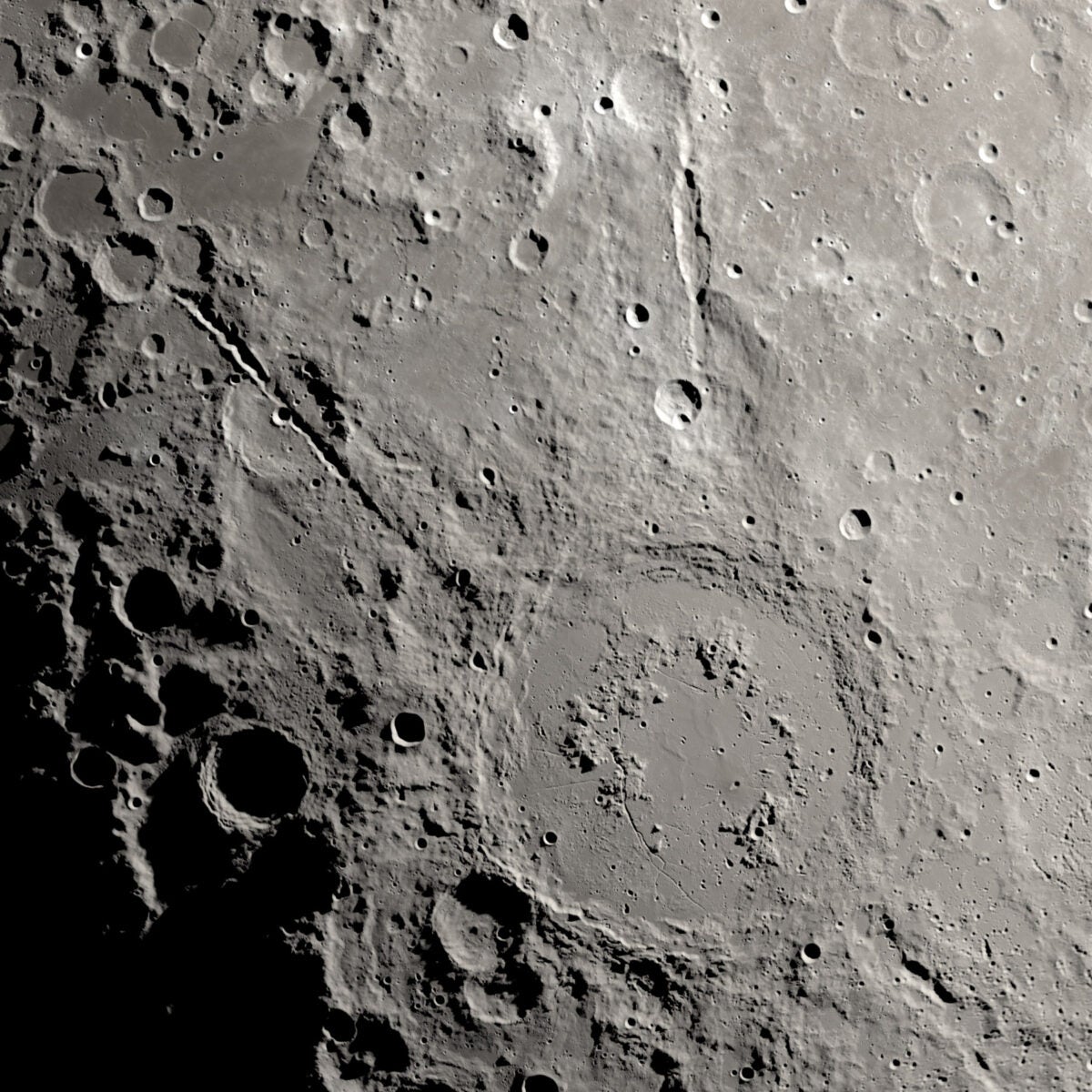
By analyzing the ballistics of projectiles thrown by the Schrödinger Basin impact, the team determined how long it took to create the radial lunar grand canyons. The velocities needed to throw the 0.3- to 0.8-mile-wide (0.5- to 1.25 km) blocks of ejecta that created the length of Vallis Schrödinger, assuming trajectory angles of between 20° and 45°, were around 0.6 mile per second (1 km per second). The projectiles that created the farthest reach of the longer Vallis Planck had a slightly higher velocity of around 1.23 to 1.28 km per second. (This is about half of the lunar escape velocity, the authors note.) These velocities, trajectory elevations, and impact distances point to flight times for the flying mountains of 4.5 to 15 minutes for the creation of Vallis Schrödinger and 5.2 to 15.4 minutes for the longer Vallis Planck. The heaviest canyon forming impacts thus occurred within a 10-minute interval.
Equally staggering is the calculated force of the impacts creating the chain of craters within Vallis Schrödinger. The valley was created by forces 700 times greater than the yield of all U.S., Russian, and Chinese nuclear tests combined, or 130 times the power of the global inventory of nuclear weapons.
Implications for Artemis
The proximity of the Schrödinger Basin to the southern polar location — the target of the upcoming Artemis crewed landings — also has implications for the science performed at these sites. The Artemis landing zones zones under consideration are within the 300-mile (500 km) splash range of ejecta thrown from the Schrödinger basin, meaning many tons of Schrödinger ejecta may be covering up important samples from the South Pole-Aitkin Basin. One of the Artemis goals is to recover samples of South Pole-Aitkin ejecta that could have originated as deep as 62 miles (100 km) below the surface. But the good news is that analysis of Vallis Schrödinger, Vallis Planck, and other ejecta rays from the Schrödinger Basin reveal the ejecta pattern is asymmetrical, with less of it directed toward the Artemis Exploration Zone.
The creation of the lunar grand canyons are fascinating to contemplate and just one facet of unravelling a complete understanding of our natural satellite. The coming months and years will bring more insights as the lunar puzzle is solved. It is a great time to witness the progress in the exploration of the Moon.

